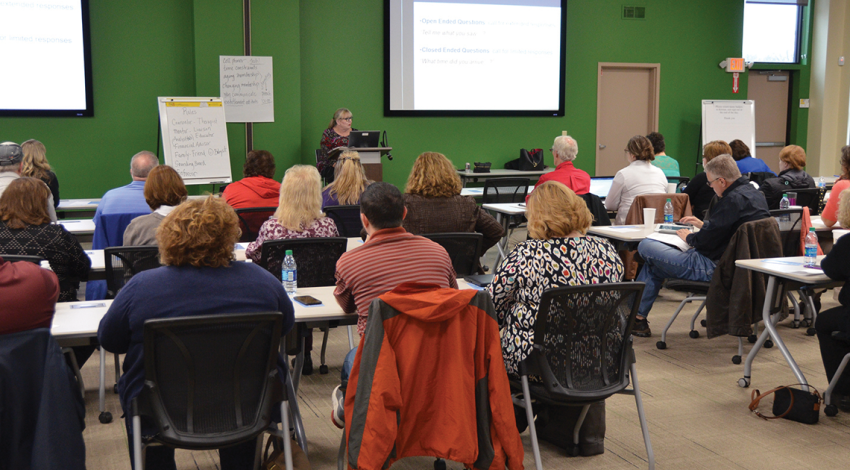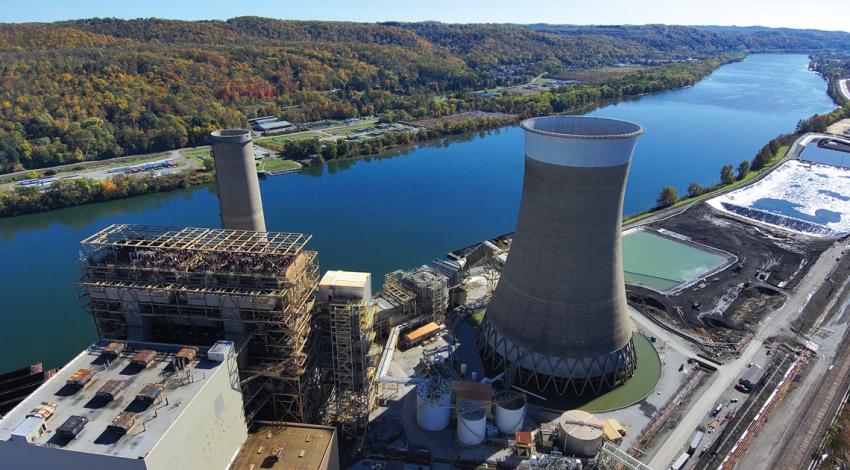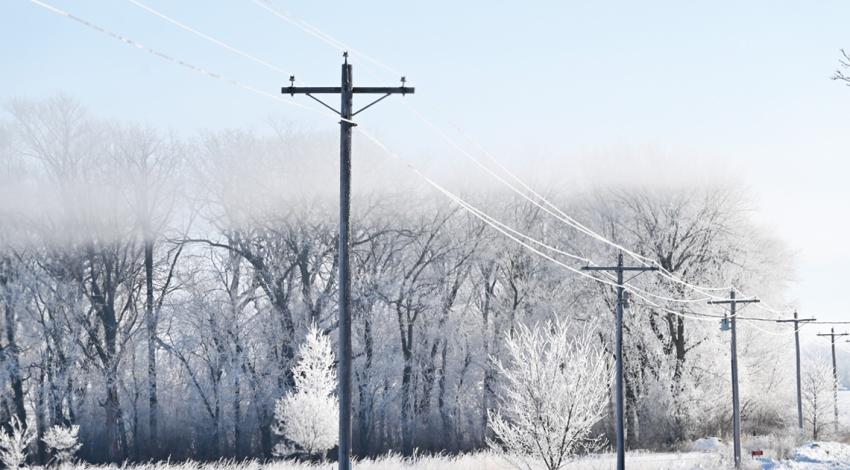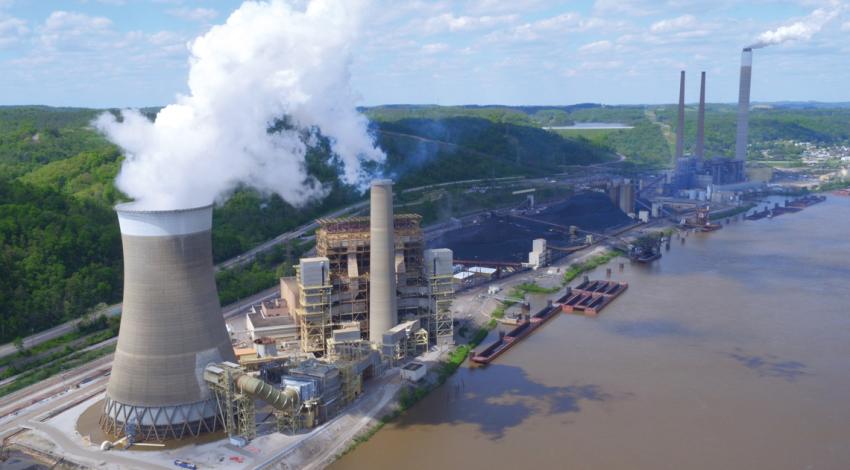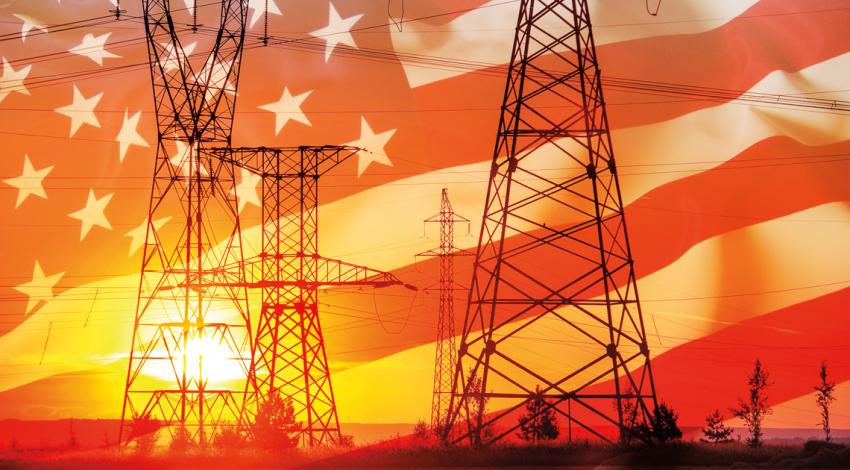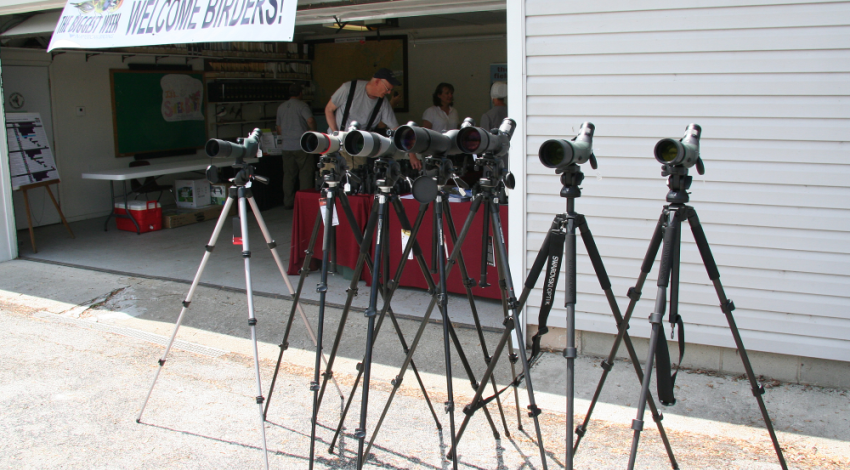Up Front
Often in life, we need to balance the practical with the possible. This is especially so as we navigate the social and political demands to rapidly reduce the amount of carbon emitted from the energy we use.
EPRI has been at the forefront of research to determine pathways that may someday lead to achieving dramatically lower carbon emissions that could meet the stated goals of many nations, organizations, and businesses around the world.
In my time on the board at EPRI, I’ve gotten a behind-the-scenes look at how our industry has been grappling with the many issues and concerns of rapid carbon emission reductions and identifying pathways that would allow us to meet those social and political demands. Among those concerns:
The integrated electric network that brings power to your home or business is a technical marvel. That network manages the flow of electrons, traveling at the speed of light, from the massive generation stations that produce them to towns and cities, to homes and businesses across the country.
Much of what makes this system work goes unnoticed. Of course, everyone sees the poles, wires, and transformers that connect every neighborhood up and down nearly every roadway, or the few large generating stations that produce the power we distribute.
January is always a good time to take stock of things — to prepare for what’s ahead in the coming year — and often, your electric cooperative finds a long list of upcoming events and things to consider as we try to make sure we’re ready for whatever comes our way. Our list seems to be a little shorter this year, but that doesn’t mean we have less to do or less to worry about. We have some important long-term goals that we need to make progress on to ensure that we can continue to provide the reliable and affordable electric service that you’ve come to expect.
Winter poses a particular set of challenges to your electric cooperative’s commitment to provide members with an uninterrupted supply of power every hour of every day of the year. Winter storms in particular can wreak havoc on electric lines, and often result in longer outage times because icy roads and fallen trees and limbs make it even more difficult to mobilize people and equipment to the areas that are hardest hit. Access to downed lines is slow and tedious, and working conditions that lineworkers face when they arrive to make repairs are often difficult and even dangerous.
For more than 80 years, electric cooperatives — and our business model — have proven to be resilient. In fact, most electric cooperatives are as vibrant and healthy today as at any point in our history. Much of this success can be attributed to the founding principles that electric cooperatives have adhered to through generations of members and cooperative leaders.
When we think about the people keeping our lights on, most of us think of the lineworkers who build, maintain, and repair the power lines running through our communities. Behind the scenes, though, it takes another crew of dedicated men and women to keep that power flowing — and that’s something we can all appreciate as we sit in our air-conditioned homes during the hot and humid “dog days” of summer.
The concept of energy independence is complicated. In the U.S., we’ve generally talked about it in reference to oil and gasoline, but in fact, there are many more forms of energy that matter to our security, safety, and general well-being. In addition to oil and gasoline, for example, we need things like natural gas supplies and electricity derived from a variety of sources.
Your electric cooperative’s mission to provide members’ homes and businesses with reliable, affordable, environmentally responsible electricity has faced its share of obstacles through the decades. In the past several months, I have warned of threats to our electric system’s reliability from overly ambitious environmental regulations.
